
Getting A New Puppy? Then Read This
Many new puppy owners will need their puppy to experience a safe space to stay during the night and in the daytime. Usually new puppy owners will get a crate for their new puppy. Although this is advisable, a new pet might at first be apprehensive about going inside the crate. Below are a few tips on how to crate train a puppy.
Obtain The Right Crate
First, always obtain a crate which is slightly bigger than your new puppy and certainly not one that is excessively large. A crate too large will allow the puppy soil inside the crate while an area that is too small may frighten or cause anxiety in your pet.
For a puppy that will grow into a bigger dog choose the adult-size crate that comes with a divider that can be moved backwards therefore making more room as the puppy gets bigger.
A Slow Introduction
When you bring the crate home, ensure that when introducing it to the dog it is done in a welcoming atmosphere. Your pup will be more enthusiastic about venturing inside if your crate contains toys, blankets along with other items making it feel more welcome. Encourage your puppy to look inside and praise him as when actually starts to venture into the crate.
The worst thing that you can do now is to push your pup into the crate and close the door. You must give a puppy plenty of time to become accustomed to the crate being there, before starting to confining it.
Bribe Puppy
After the crate has been visible for quite a while, encourage your pup to look inside. If he or she is reluctant, you may have to pick it up and place it in the crate and then slowly close the door. Make sure that the crate contains the dog’s favorite toys and other items to amuse itself with.
The likelihood is that your pup won't be happy in the beginning. Leave him inside for about a quarter-hour and then let it out, praising it and showing lots of affection. What you're doing at this point is encouraging your puppy to make a positive association with the crate.
Short Periods Only
As time passes, you can begin leaving your puppy inside the crate for extended periods of time. Depending on your situation keep in mind that your pup is probably not housetrained, so take him outside every hour or so. To encourage it to go back inside the crate, you can also use treats.
Generally it does not take dogs long to view the crate to be their unique space and begin to take pleasure from having quiet naps inside it.
A Safe Place
Throughout the crate training period, you must at all costs avoid making the crate seem to be a place of punishment to your puppy. Whenever your puppy has misbehaved put puppy away whilst you tidy up the mess. You can lock him in a back room or any other space other than its crate thereby ensuring your dog will not associate the crate with being punished. Learn more about crates at http://en.wikipedia.org/wiki/Dog_crate
These are some suggestions for crate training a puppy. Within a couple weeks, your pup will grow to treasure going inside its crate without any prompting from you. It will view it as being its own personal space in the home, keeping it happy.
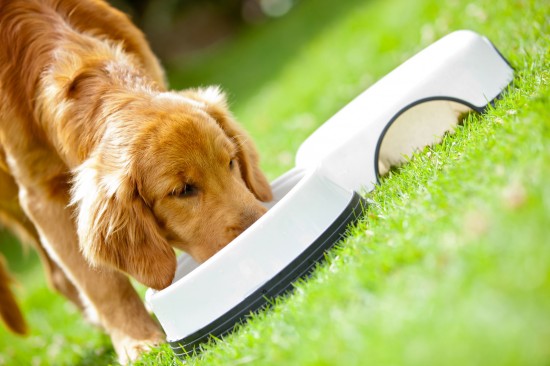 Eight Tips For Choosing A Good Quality Nutritious Food For Your Dog
Eight Tips For Choosing A Good Quality Nutritious Food For Your Dog
 The Benefits Of Acemannan In Aloe Vera Plant And How It Can Help Your Pets
The Benefits Of Acemannan In Aloe Vera Plant And How It Can Help Your Pets
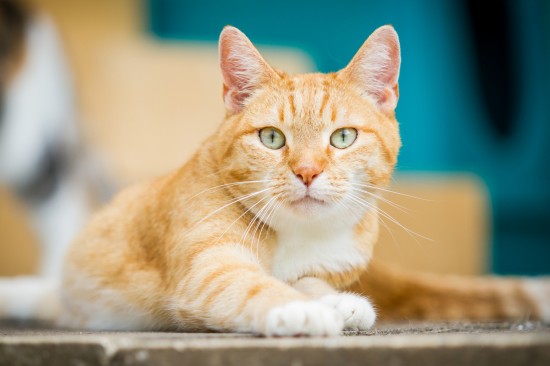 3 Common Cat Ailments And How To Deal With Them
3 Common Cat Ailments And How To Deal With Them
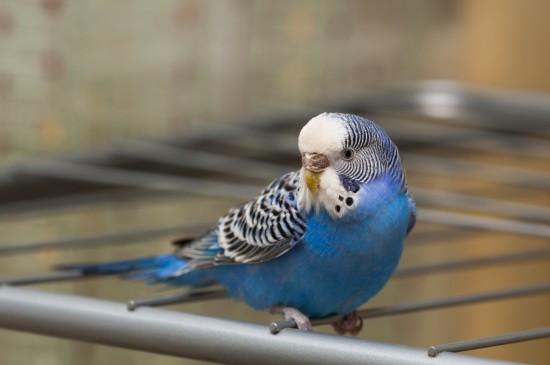 Understanding Your Bird - The Senses
Understanding Your Bird - The Senses
 Poxvirus Infections In Birds
Poxvirus Infections In Birds
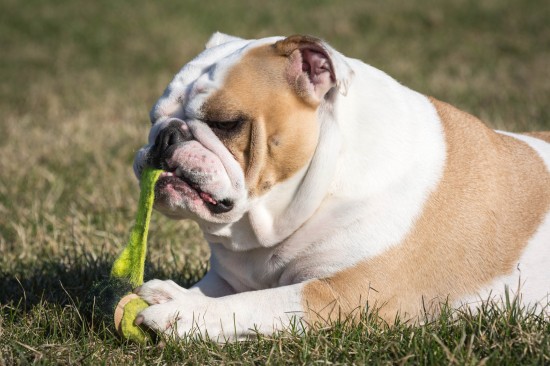 Identifying An Oesophageal Blockage In The Dog
Identifying An Oesophageal Blockage In The Dog
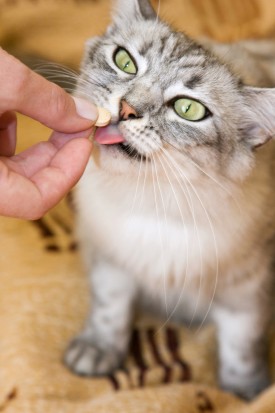 How To Get Your Cat To Take A Tablet
How To Get Your C
How To Get Your Cat To Take A Tablet
How To Get Your C
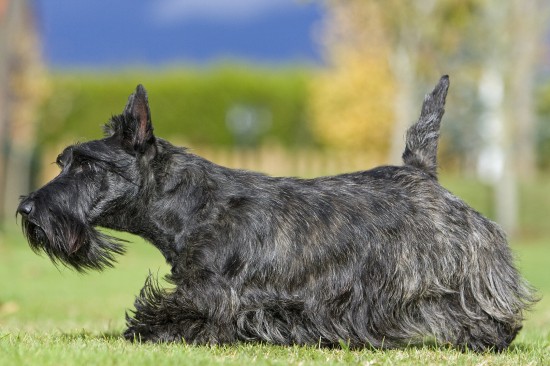 Scottish Terrier Hereditary Health And Longevity
Scottish Terrier
Scottish Terrier Hereditary Health And Longevity
Scottish Terrier
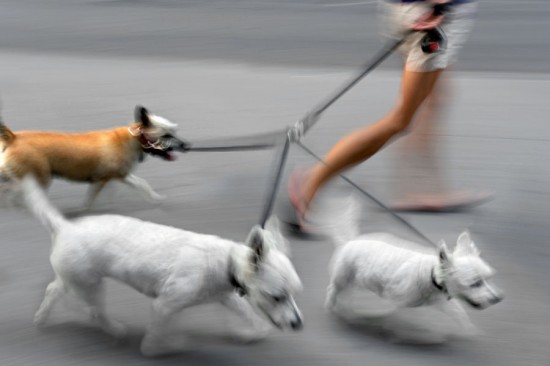 Become A Professional Dog Walker - Tips And Tricks
Become A Professi
Become A Professional Dog Walker - Tips And Tricks
Become A Professi
 Do Animals Have Souls?
One day when yoga instructor Kari Harendorf was practicing b
Do Animals Have Souls?
One day when yoga instructor Kari Harendorf was practicing b
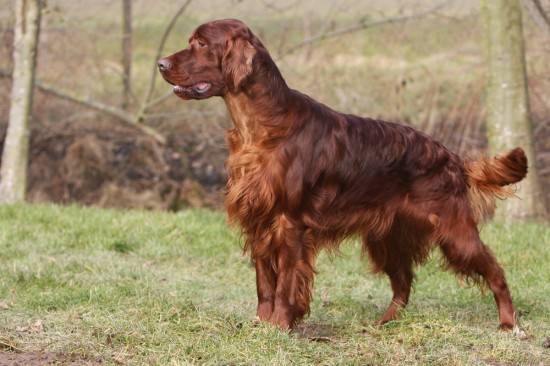 Canine Eugenics And Breed Standards
Canine Eugenics A
Canine Eugenics And Breed Standards
Canine Eugenics A
Copyright © 2005-2016 Pet Information All Rights Reserved
Contact us: www162date@outlook.com